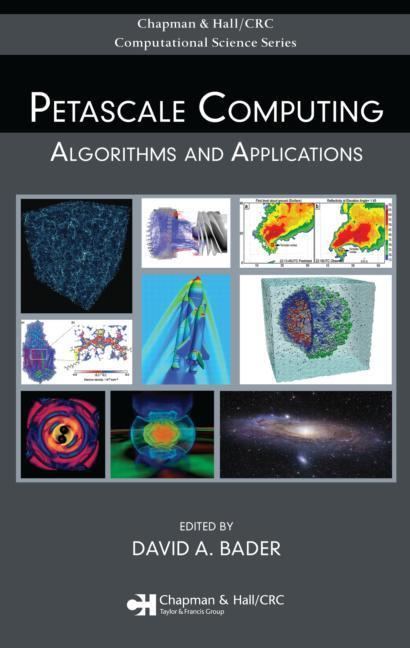 | ||
Tedxuiuc william gropp petascale computing in scientific research blue waters
In computing, petascale refers to a computer system capable of reaching performance in excess of one petaflops, i.e. one quadrillion floating point operations per second. The standard benchmark tool is LINPACK and Top500.org is the organization which tracks the fastest supercomputers. Some uniquely specialized petascale computers do not rank on the Top500 list since they cannot run LINPACK. This makes comparisons to ordinary supercomputers hard.
Contents
- Tedxuiuc william gropp petascale computing in scientific research blue waters
- Blue waters sustained petascale computing
- Applications
- Development
- Active
- Other
- Under construction
- Platform examples
- References
Petascale can also refer to very large storage systems where the capacity exceeds one petabyte (PB).
Blue waters sustained petascale computing
Applications
Petascale computing is being used to do advanced computations in fields such as weather and climate simulation, nuclear simulations, cosmology, quantum chemistry, lower-level organism brain simulation, and fusion science.
Development
The National Science Foundation is responsible for initiating and funding several petascale computers in the United States, as well as DARPA who gave IBM the contract to develop the petascale PERCS (Productive, Easy-to-use, Reliable Computer System) platform.
China has developed four petascale computers, Nebulae, Tianhe-I, Tianhe-2, and the Sunway TaihuLight.
Russia has developed the Lomonosov (rus) petascale computer.
Other countries, such as Germany and Japan, have plans of their own for petascale computers.
Petascale computers are under development from manufacturers such as Sun Microsystems, Cray, IBM, Dawning, SGI, and NEC.
Active
As of 2012, these are the known active petascale computers in the world.
The first 20 supercomputers on the June 2012 list are petascale.
